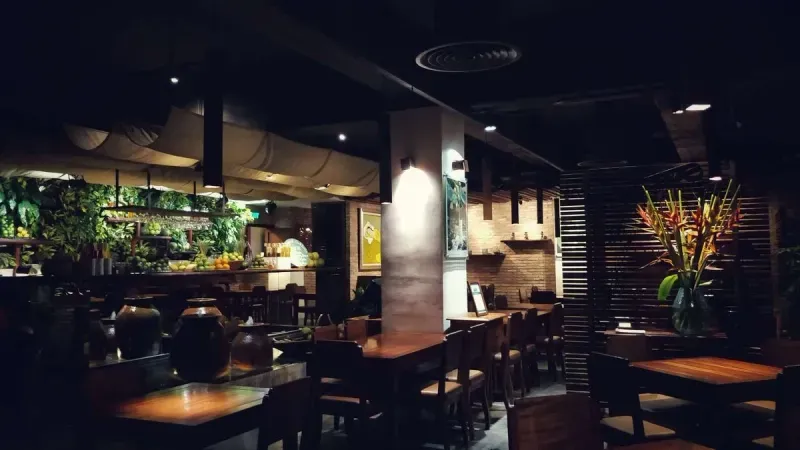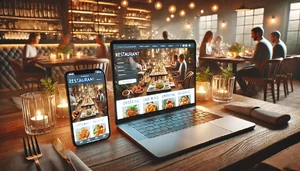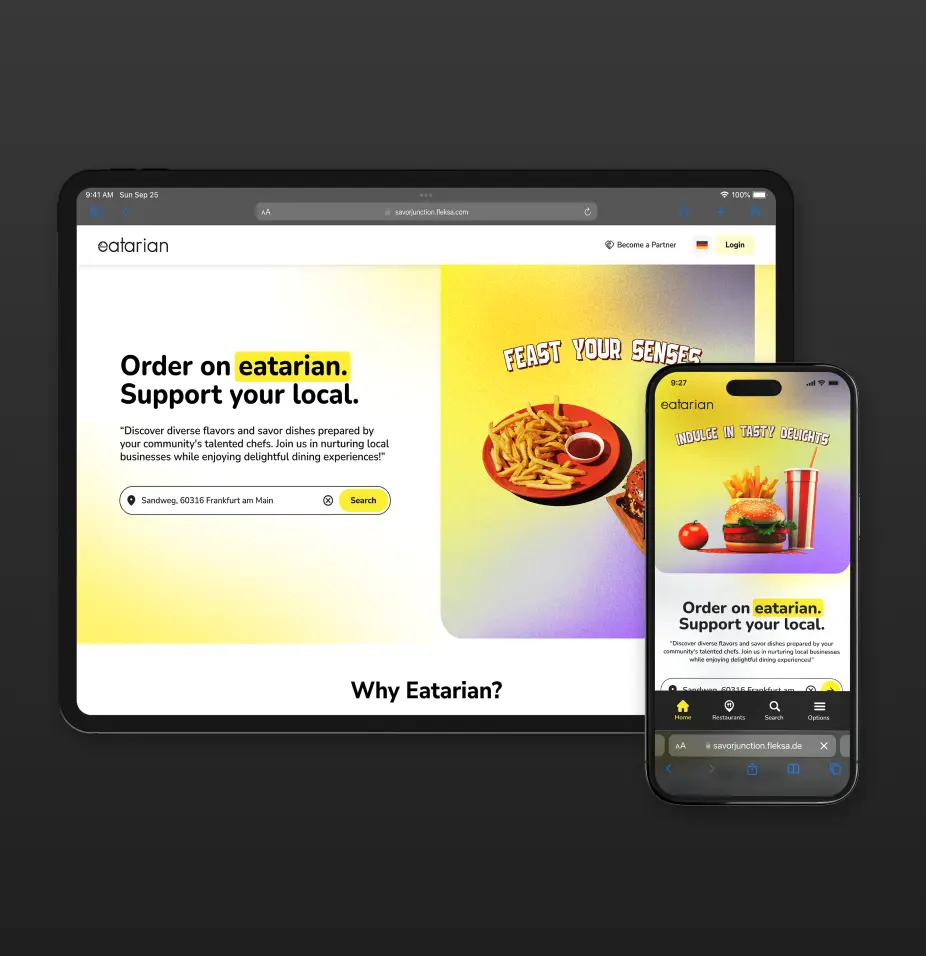There are a number of restaurant metrics you must track if you work in the industry of food and beverages to make sure your establishment is profitable. The restaurant proprietors can evaluate the effectiveness of the establishment and identify any areas that need improvement by computing these metrics.
It takes a lot of planning and effort to successfully launch your restaurant; it does not happen overnight. Your job is made simpler and you can identify problem areas with the help of these restaurant analytics. A restaurant business’s net profit is eventually impacted by a number of factors; you cannot perform one modification and expect to notice a large effect. For this reason, keeping track of all restaurant indicators is necessary if you want to run a successful company. You can take care of a restaurant business and grow it by using these financial measures!
Important Restaurant Metrics And Their Calculation
You may assess the state of your restaurant’s business using these metrics. You can check on the health of the restaurant’s operations by routinely calculating its finances. The management should have easy access to and comprehension of this data, which represents crucial restaurant financial parameters.
If you are concerned about the profits, then get a detailed guide on restaurant’s profit-margin.
For your restaurant business to run smoothly, you should calculate the following list of restaurant metrics.
-
Price of the goods sold (CoGS)
The cost to produce each item on a restaurant’s menu is known as the cost of goods sold. Additionally, it shows the overall sum that must be spent over time on inventory to obtain the raw ingredients needed for cooking. It aids in determining whether the food items are fairly priced or whether the cost of the food is high. One of the most crucial restaurant financial metrics that a business owner should monitor is this one. The average Cost of Goods Sold for the restaurant business may be calculated using this statistic to help you compare them.
How to figure out your cost of sales
Using this formula, you can determine the Cost of Goods Sold –
CoGS = (Beginning inventory of F&B) + (Purchases) – (Ending inventory)
-
Labor Cost Percentage
The percentage of income used to cover labour costs in restaurants is known as the labour cost percentage. After food costs, it ranks as a restaurant’s second-most important expense. This labour cost % needs to be low to generate greater earnings.
The formula for calculating labour cost percentage
Use the following calculation to get your restaurant’s labour cost percentage:
Labor Cost Percentage = Labor / sales
-
Prime Price
The total of your labour expenses and your cost of goods sold (CoGS), which includes the price of your meals and alcoholic beverages, is your prime cost. It is the biggest expense for the restaurant and has an impact on all aspects of operations, including menu pricing, budgeting, and goal-setting.
How to Determine Prime Cost
To get your restaurant’s prime cost, use the following formula:
Prime Cost = CoGS + Total labor cost
-
Break-even Level
Among the most crucial restaurant KPIs to determine is the break-even threshold. It assists you in figuring out how well the sales should be doing in order to recoup your investment. This figure can be used to project how long it will take you to recoup your investment in a restaurant business. If you’re trying to get investors, this number is also quite important.
Methods for Determining the Break-Even Point
Break-even Point = Total fixed cost / [(Total Cost – Total Variable Cost) / Total Sales]
-
Food Cost Percentage
The discrepancy between a menu item’s selling price and its production cost is known as the food cost percentage. The restaurant metrics is crucial since you need to know how much you are charging for a specific item and whether it is lucrative for your business or not.
How to Determine Food Cost Percentage
The formula to determine the food cost percentage is as follows:
Food Cost Percentage = Item Cost / Selling Price
-
Gross Profit
After deducting the price of the goods sold, your restaurant’s gross profit is the amount of money you make. After deducting the CoGS, it reveals how much money is left over for other costs like rent, energy, etc.
How to Determine Gross Profit?
To determine the gross profit of your restaurant, use the following formula:
Gross Profit = Total Revenue – CoGS
-
Ratio of Inventory Turnover
The amount of times your restaurant’s whole inventory has been sold out over the course of a given period of time is shown by the Inventory Turnover Ratio, a crucial restaurant measure. This figure maintains track of how frequently you use your total inventory and helps you avoid overstocking or understocking.
How to determine your inventory turnover ratio
The inventory turnover ratio for your restaurant can be calculated as follows:
Inventory Turnover Ratio = [CoGS / (Beginning inventory + Ending inventory) / 2]
-
Table Turnover Rate
It is the quantity of tables that are turned over in a certain amount of time. A high table turnover rate will boost your earnings. Additionally, it would provide you additional knowledge for making reservations while assisting in evening kitchen preparation.
How to determine the rate of table turnover:
Use the following calculation to determine your restaurant’s table turnover rate:
Table Turnover Rate = Number of guests served during a time period / Number of seats
Conclusion:
To boost profitability, customer experience, and product quality, restaurant analytics use success metrics, point of sale data, and key performance indicators to track and optimise operations. Restaurant analytics are an important element in the restaurant sector for monitoring client satisfaction, which can help a company spot operational flaws or strengths that can ultimately boost profits.
Additionally, restaurant management is crucial to restaurant management because it aids in identifying patterns that can boost your company’s performance. While regularity and quality are essential for restaurants to succeed, this article focuses on how managers on the other end of the spectrum, who may not have previously paid attention to these criteria, may utilise statistics like consumer complaints or menu options as a signpost to improve their products or service offerings.
At Fleksa, we provide you with complete solutions for restaurant management that gives you access to track information. We focus on data-driven marketing solutions alongside, we have other effective solutions that can help you. Check out our website for more information.








